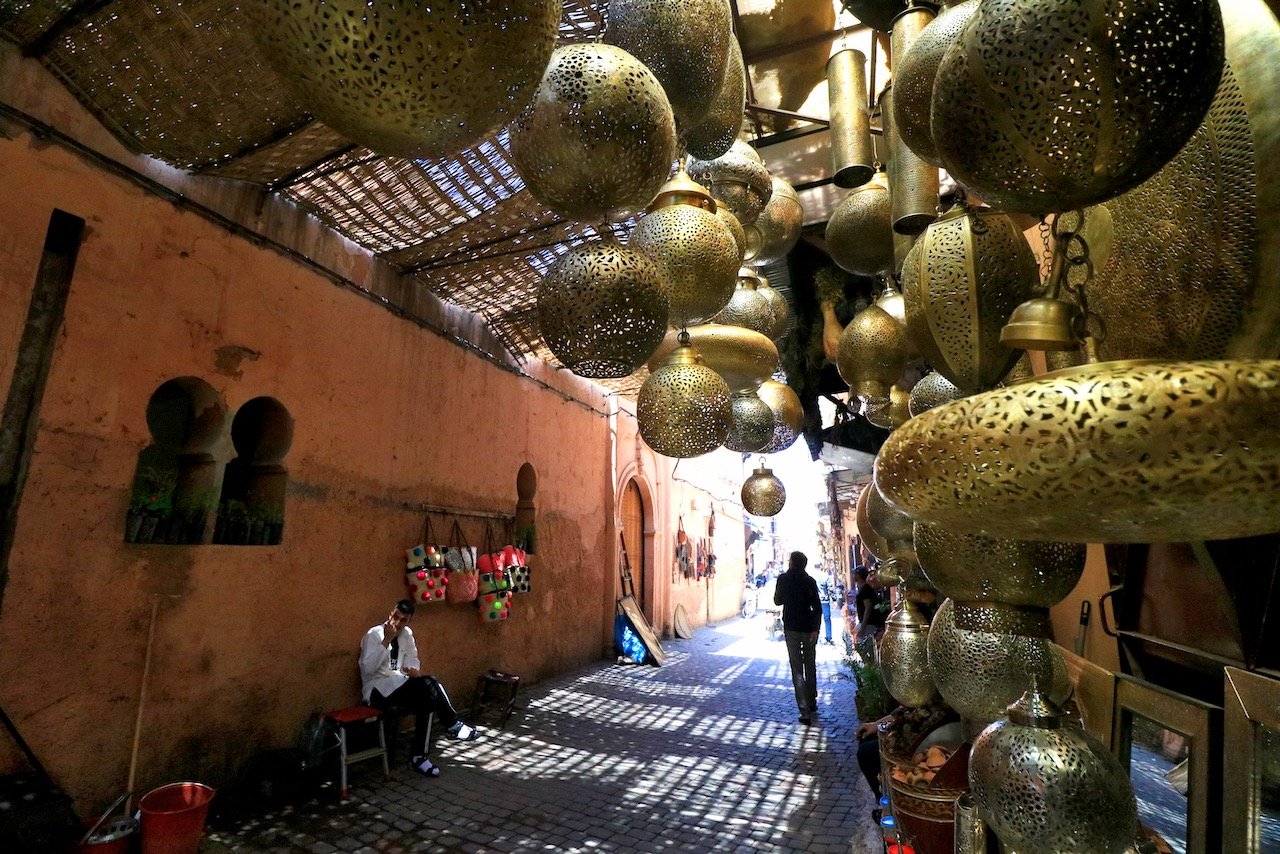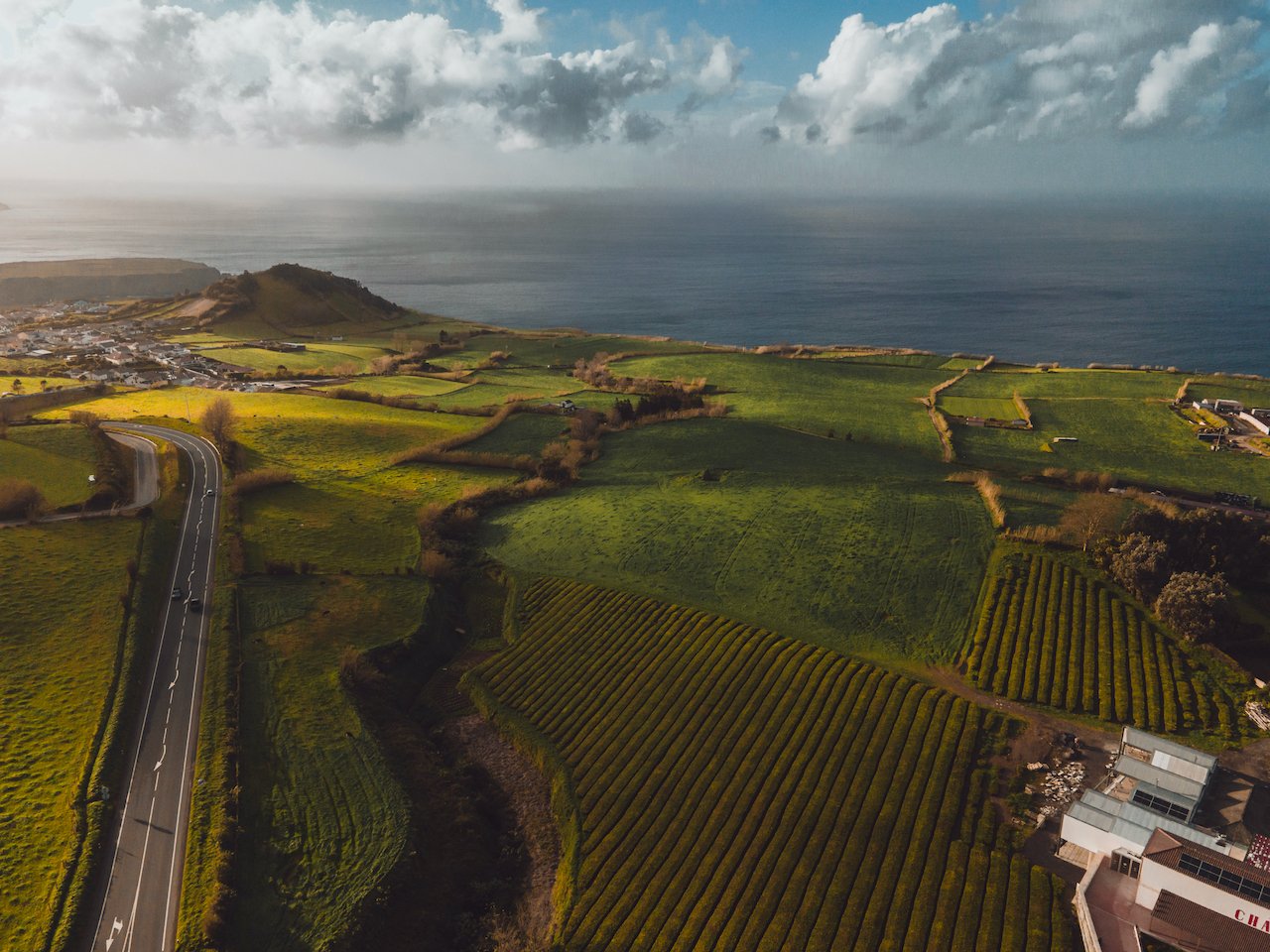One dish you may hear less about is Tangia, which is also a cooking vessel made of ceramic. It also uses some of the same ingredients as tagine, however it is cooked over a wood fire, as opposted to charcoal. Tangia is also cooked for longer which gives rise to a more stew-like consistency, flavored by the fats and bones of the protein that is used (along with vegetables). I found this dish to be substantially more flavorful and enjoyable than tagine but that is of course my own opinion! Try them both and see which one you like best.
Although not a comprehensive list of places to see in Marrakech, you cannot go wrong with some of the sites to see. Be sure to make some time to check out other places in Morocco like Essaouira, Casablanca, Fez, and Chefchaouen.
For your family and friends back home, you can bring them back anything from soaps, pottery, plates, textiles, pashminas, lanterns, etc. If you do plan on going to the smaller Moroccan cities like Essaouira on coast, I would say wait to purchase these items there, the prices will undoubtedbly be cheaper, oftentimes by less than half.
Related Posts



















